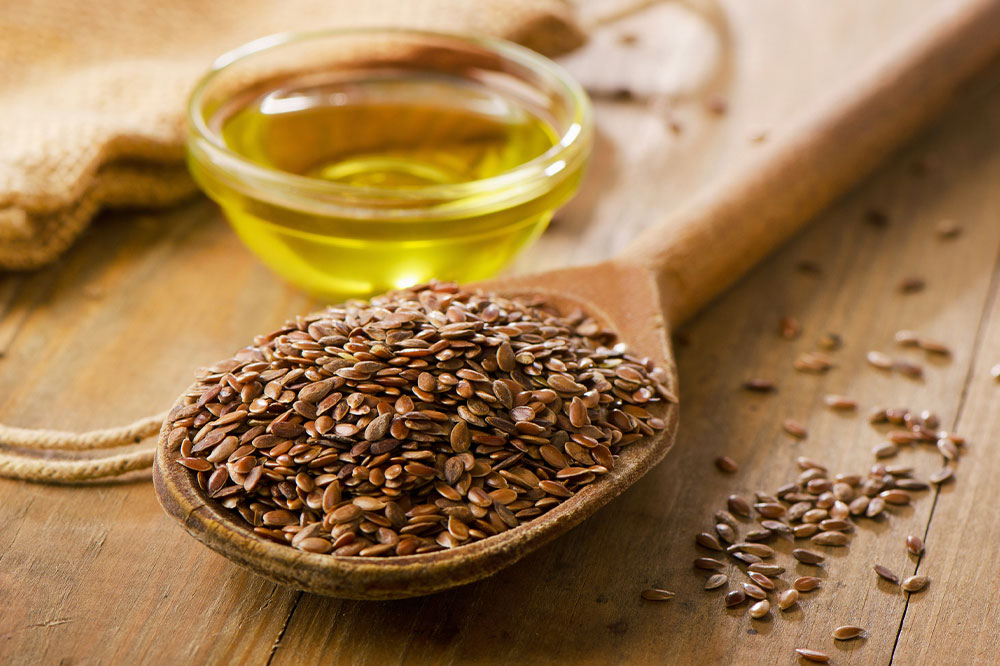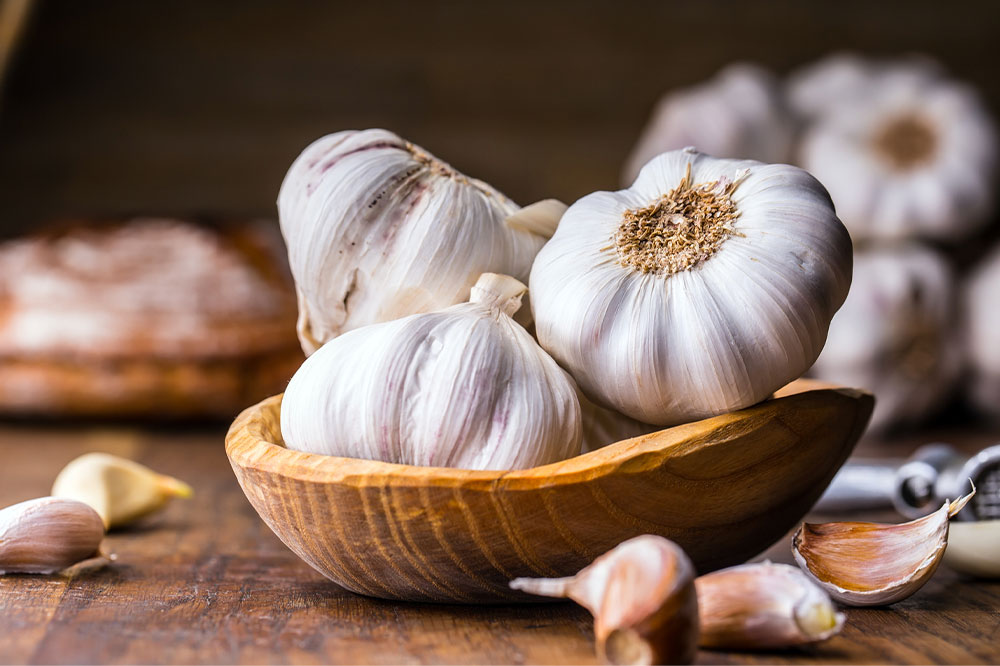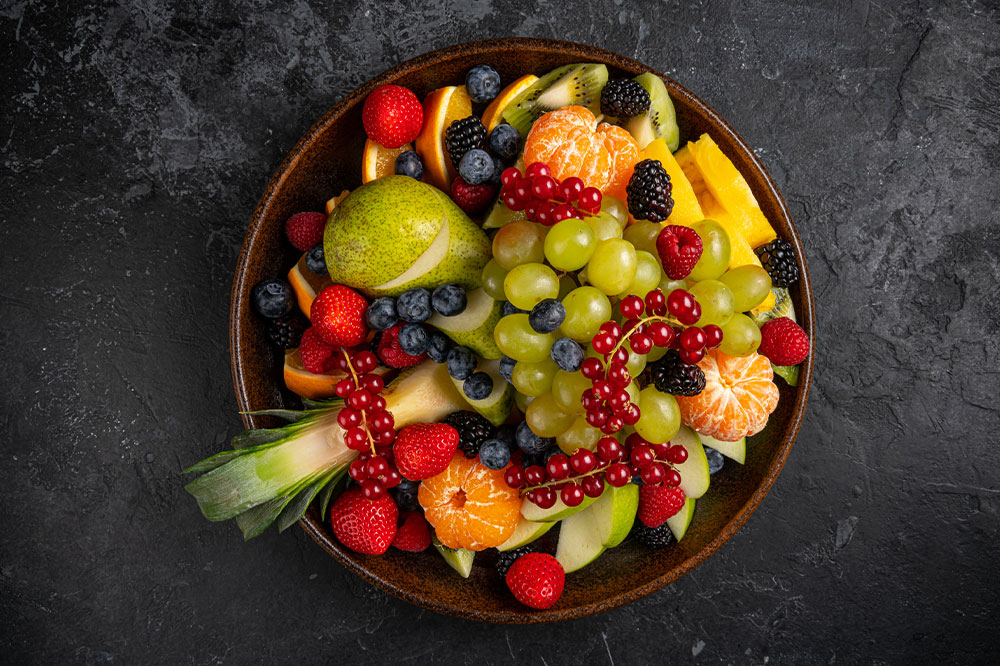
5 superfoods that keep nasal polyps at bay
Nasal polyps are characterized by multiple teardrop-like outgrowths appearing on the lining of the sinuses or nasal passages. Chronic inflammation, associated with health conditions such as asthma, recurring infection, and allergic reactions, is the leading cause of nasal polyps. It is a curable condition, with endoscopic sinus surgery a particularly effective treatment alternative. Certain foods can reduce the severity of this condition’s symptoms. Some safe foods that help fight nasal polyps are listed below. Flaxseeds Foods rich in omega-3 fatty acids help fight nasal polyps. These fatty acids are effective antioxidants that can reduce inflammation in the nasal pathways. Foods rich in this nutrient are flaxseeds, salmon, soybeans, and walnuts. Pineapples Pineapple is loaded with bromelain, an inflammation-reducing enzyme that deters swelling inside a person’s sinuses and nasal passageway linings. Additionally, it is rich in vitamin C, an antioxidant that lowers inflammation in the sinus. Moreover, pineapple is also a delicious and refreshing fruit that is incredible to eat or drink as a pulpy juice. Broccoli Like omega-3 fatty acids, flavonoids are also incredible antioxidants that can fight respiratory infections like asthma in people. Some of the best sources of flavonoids are apples, red grapes, onions, cherries, citrus fruits, and tea.
Read More 










